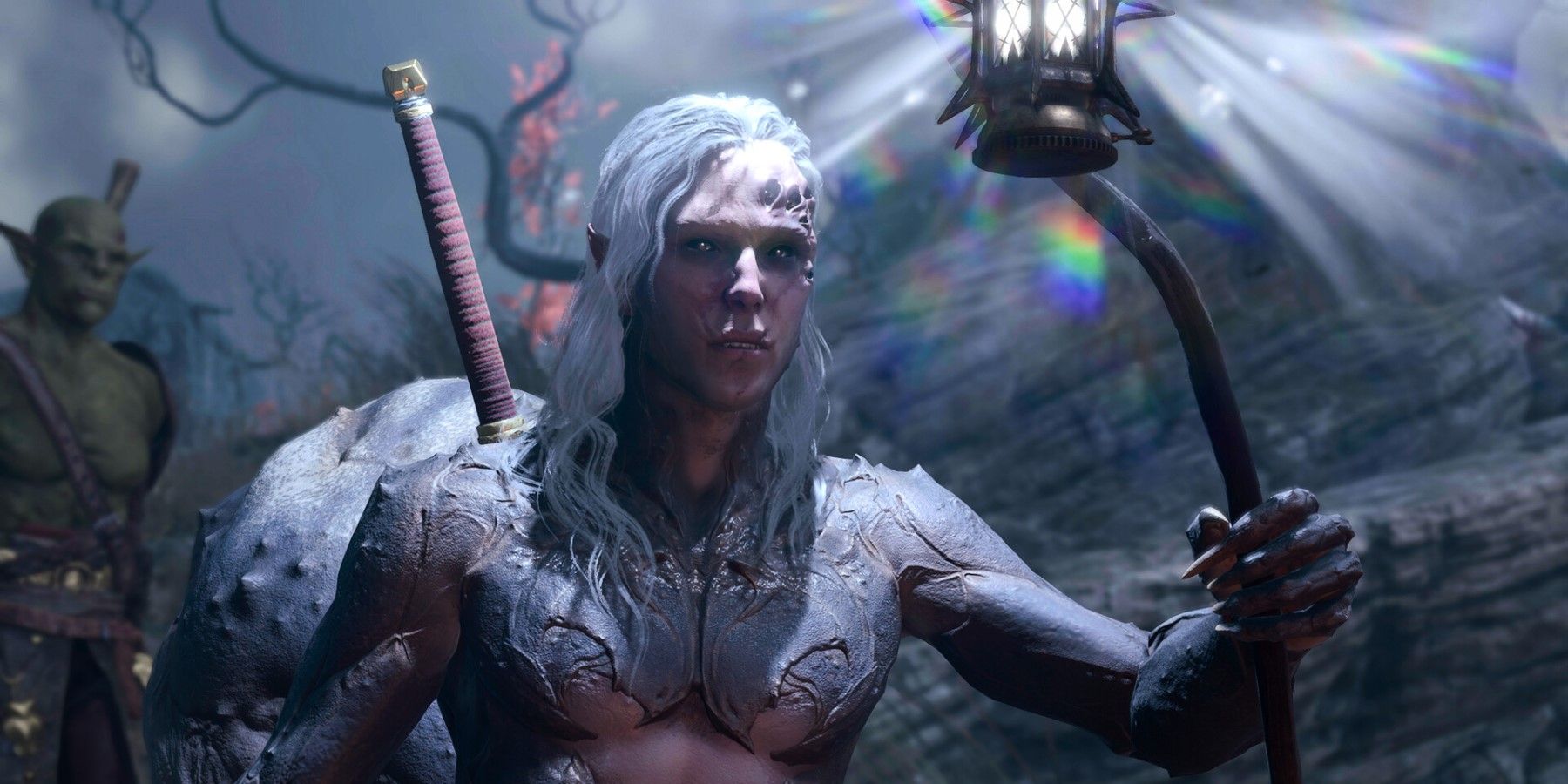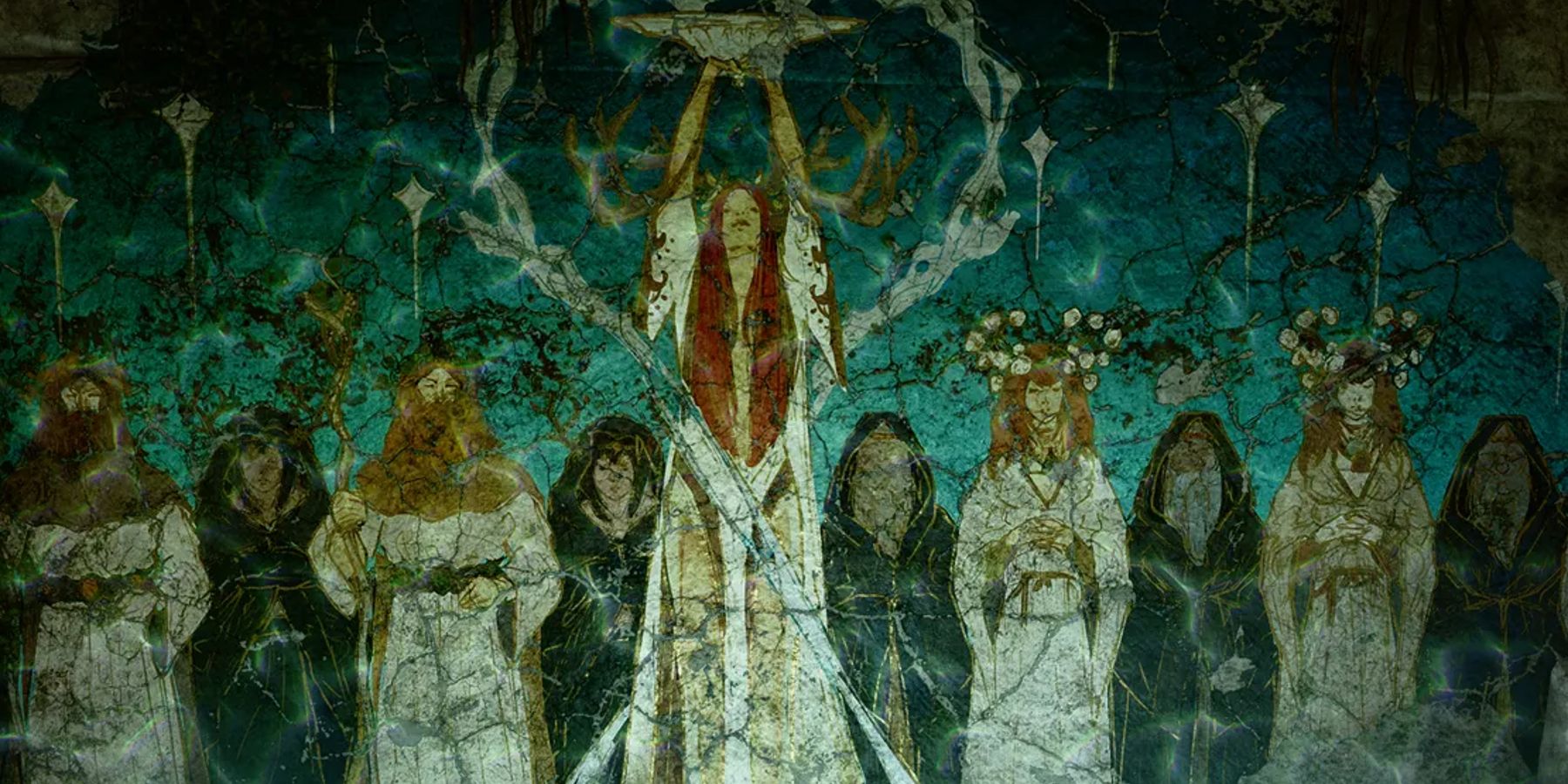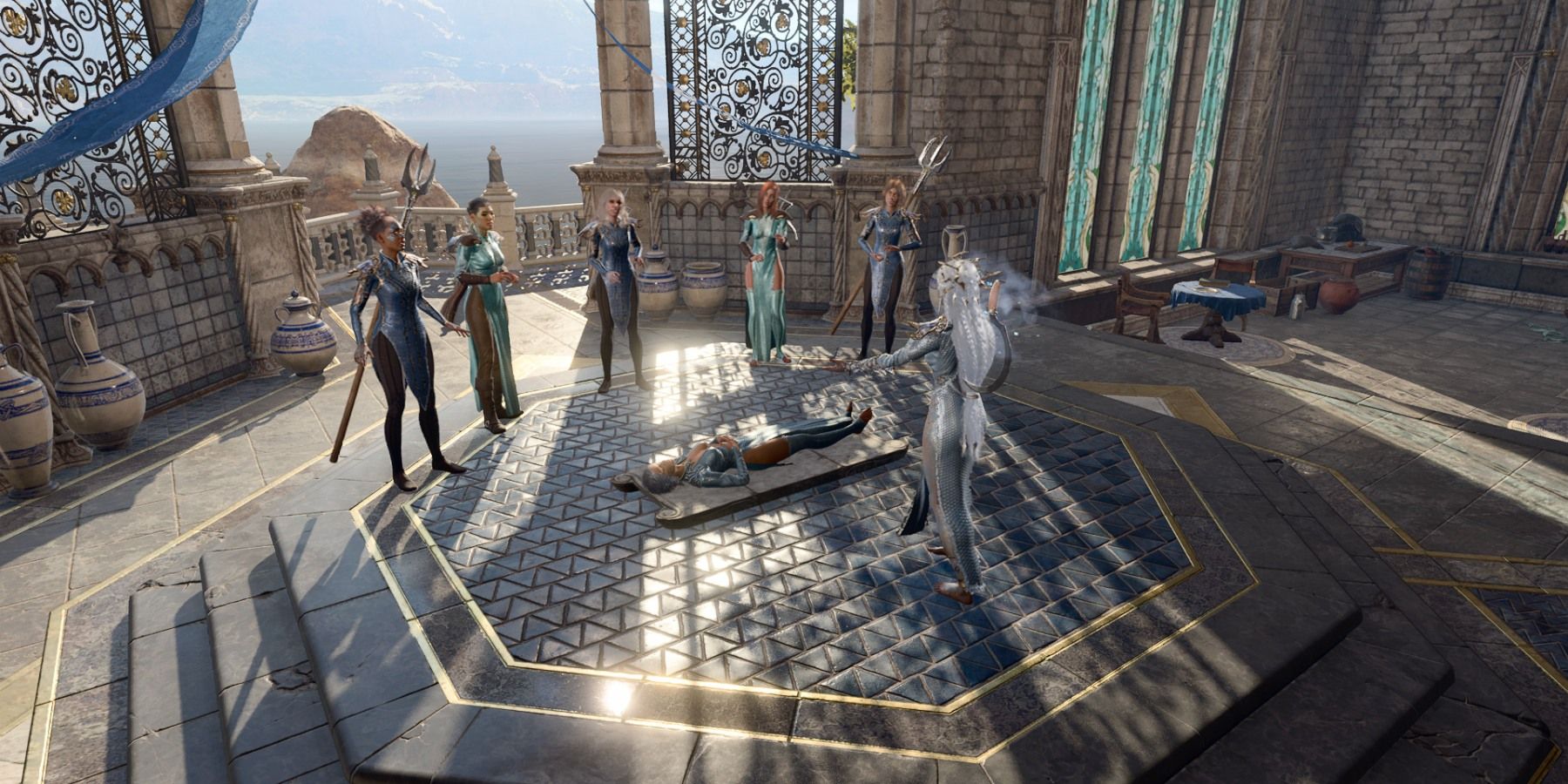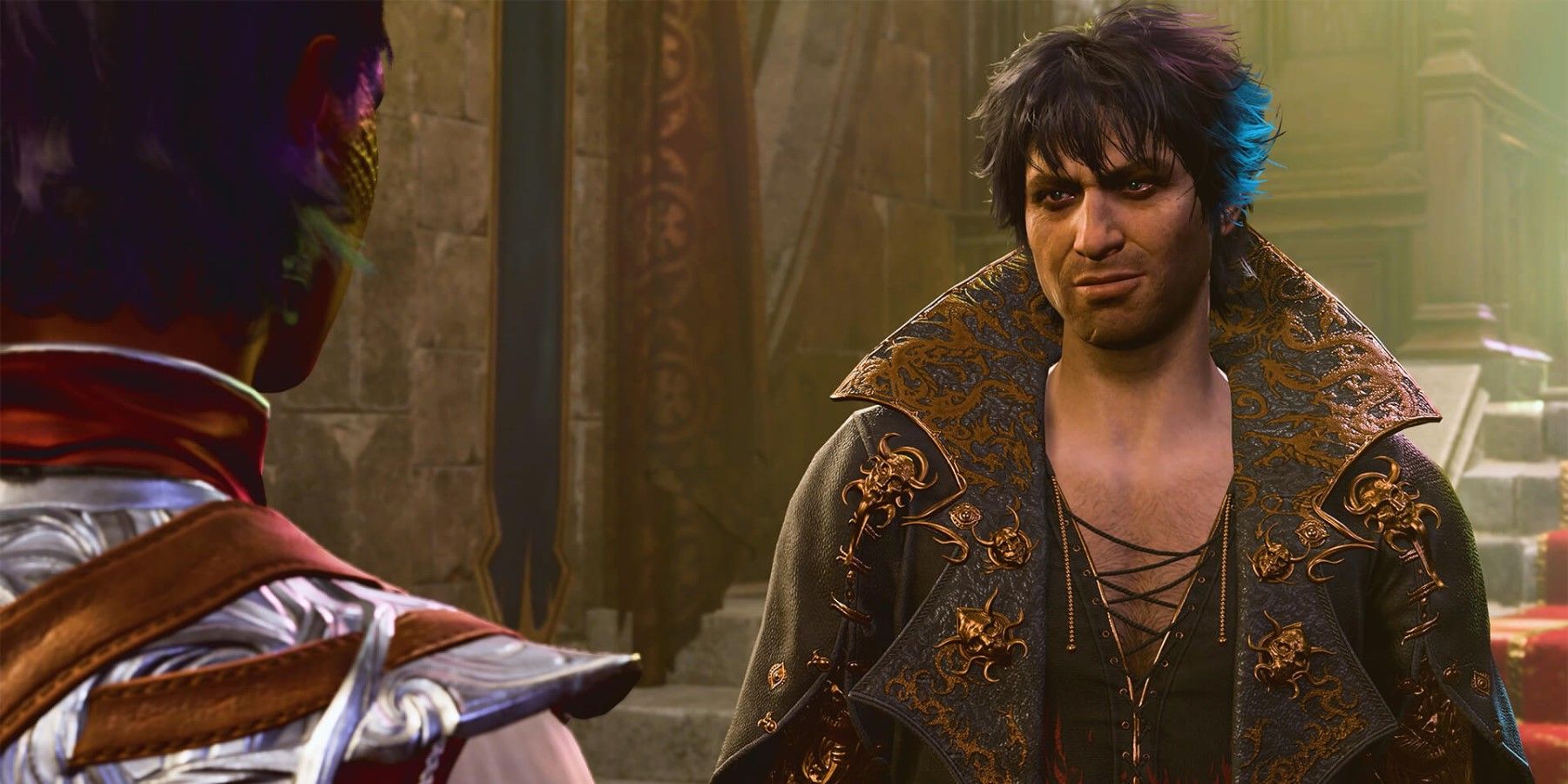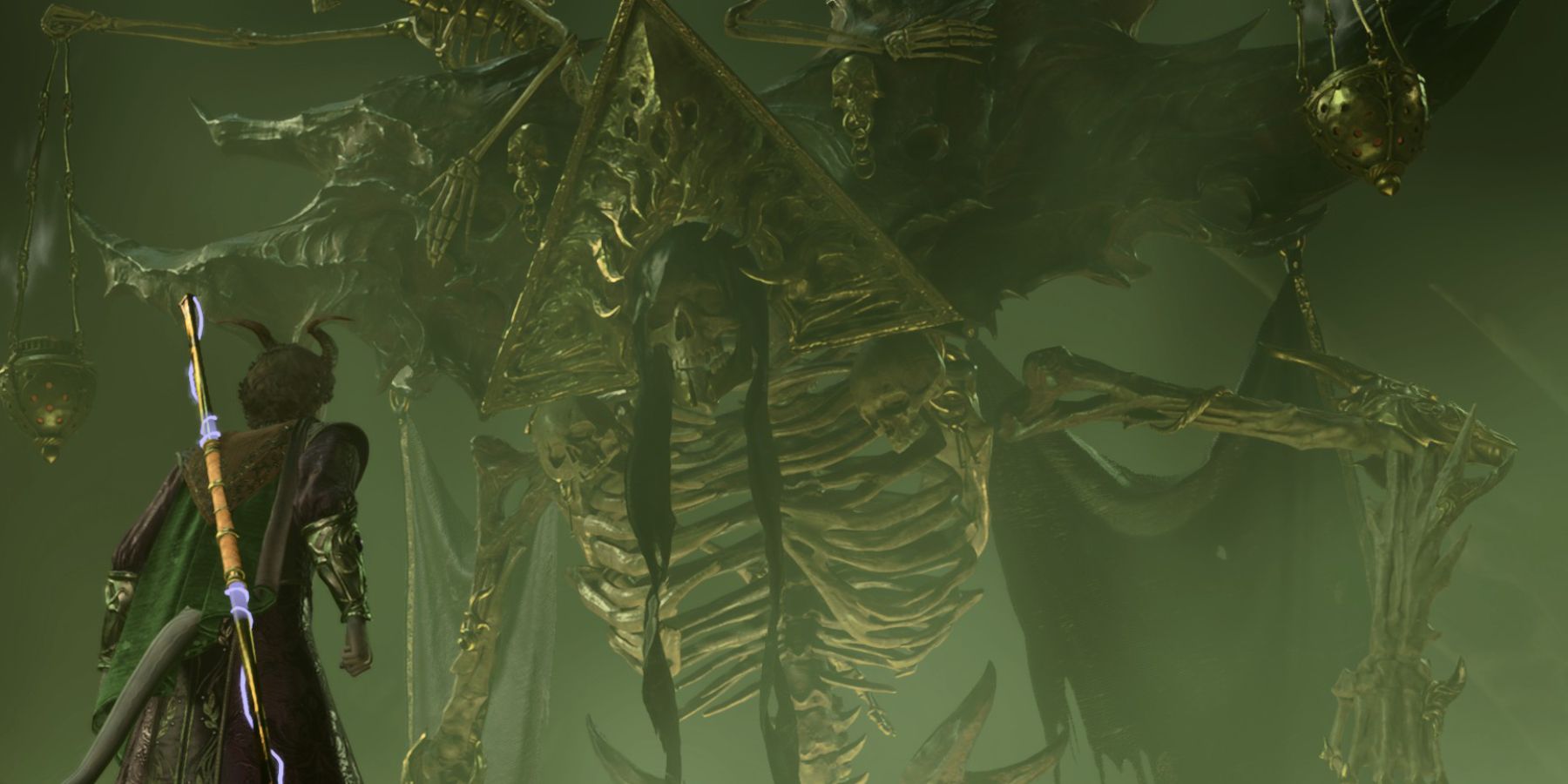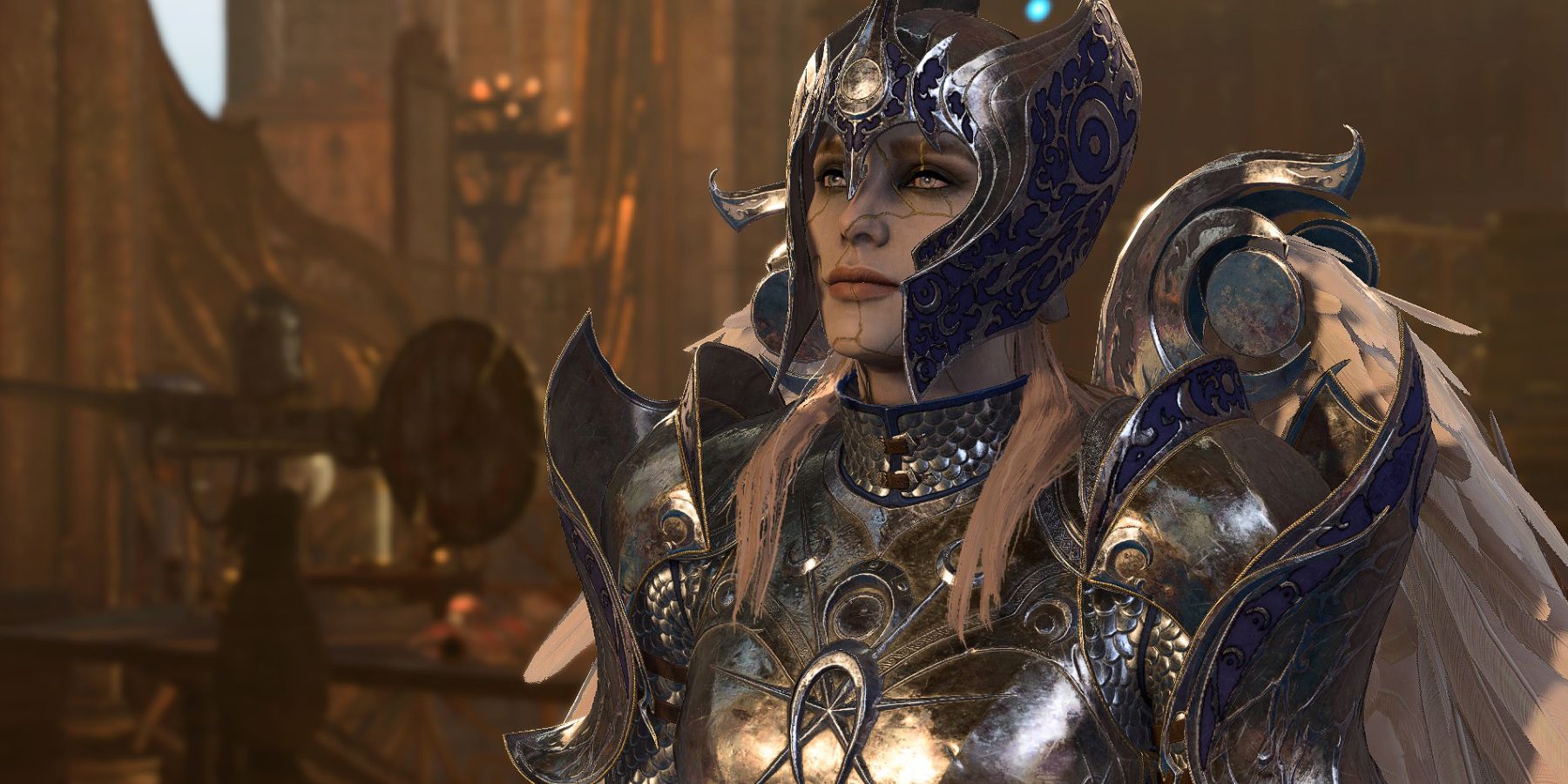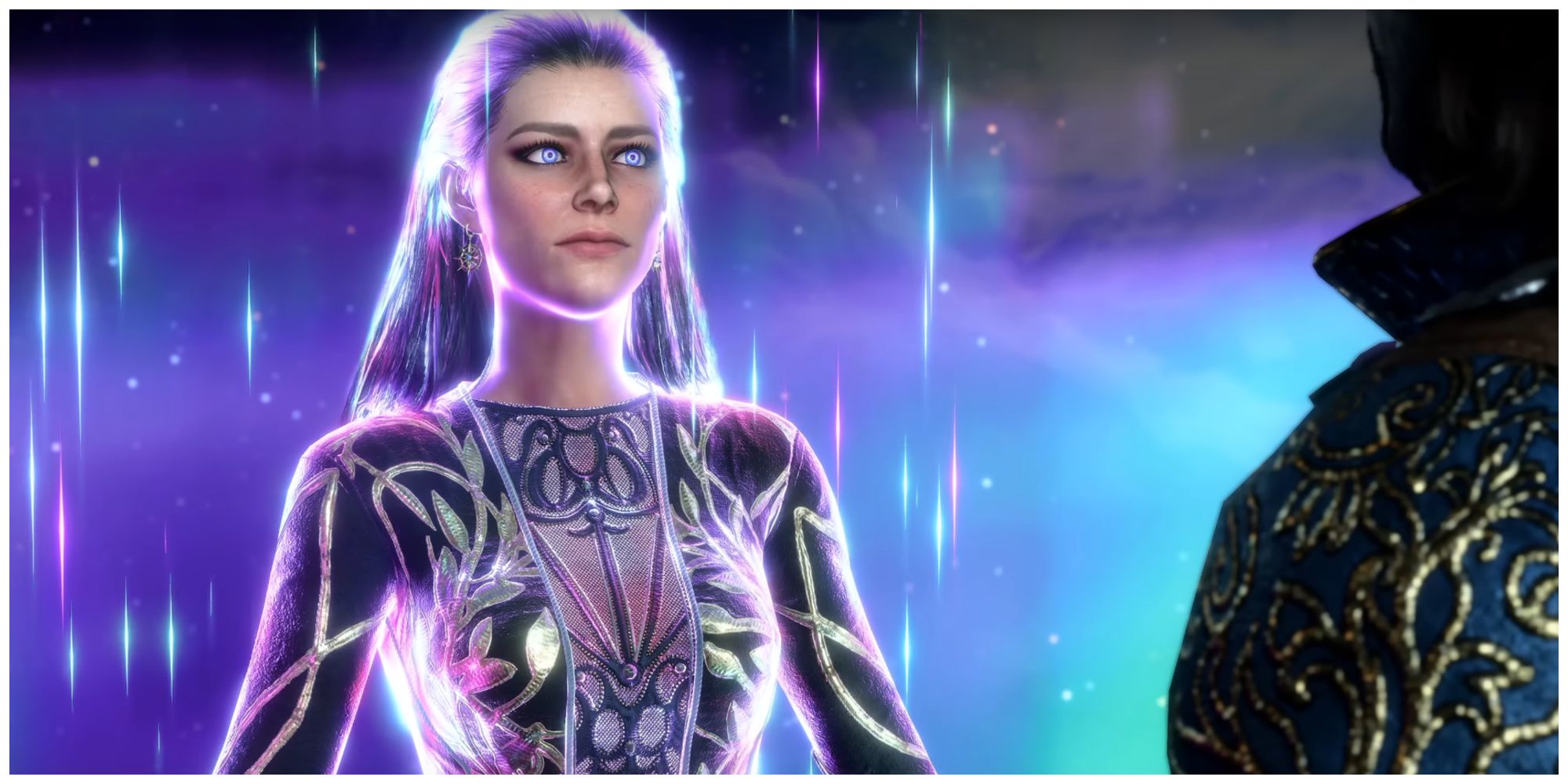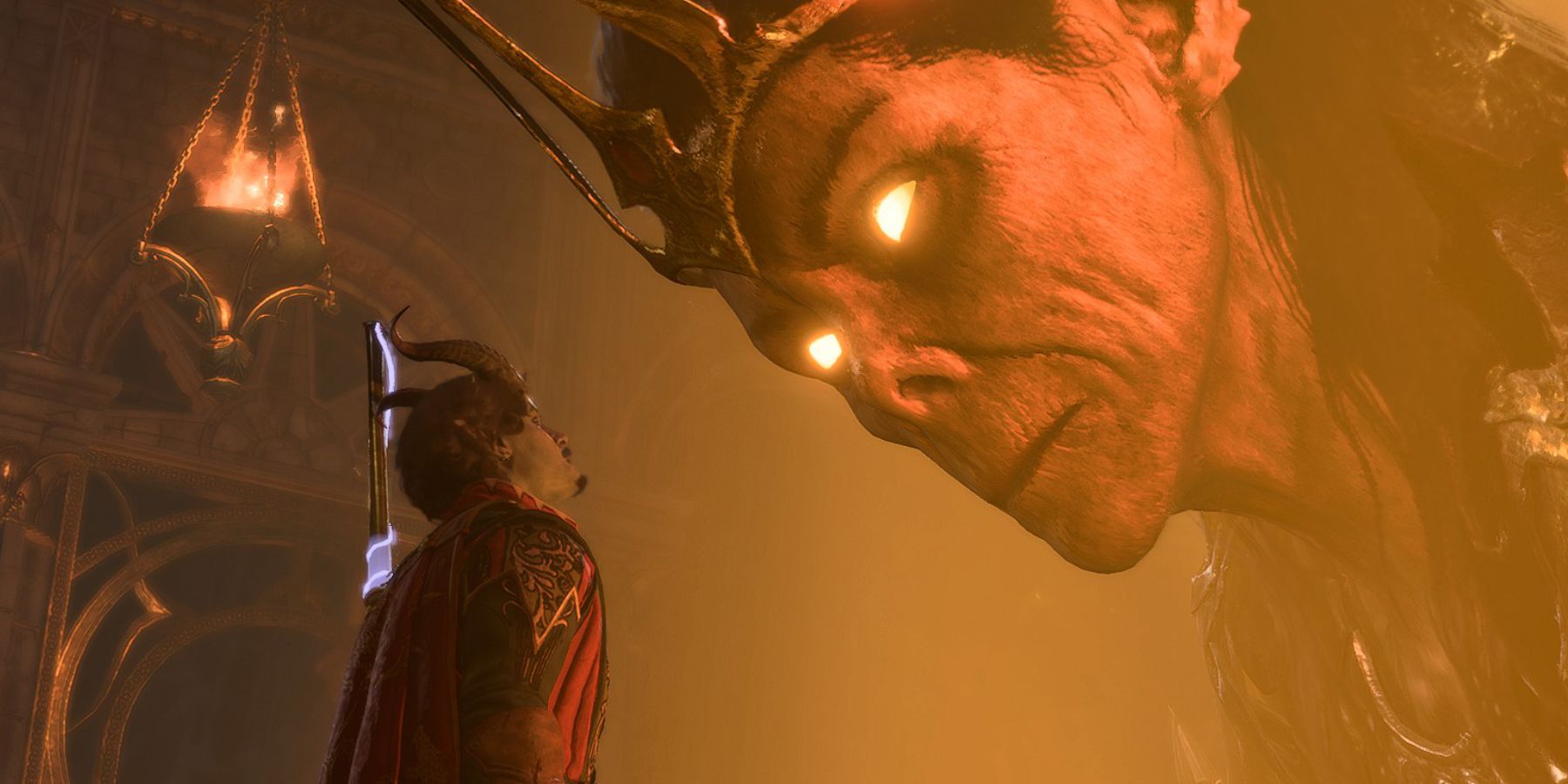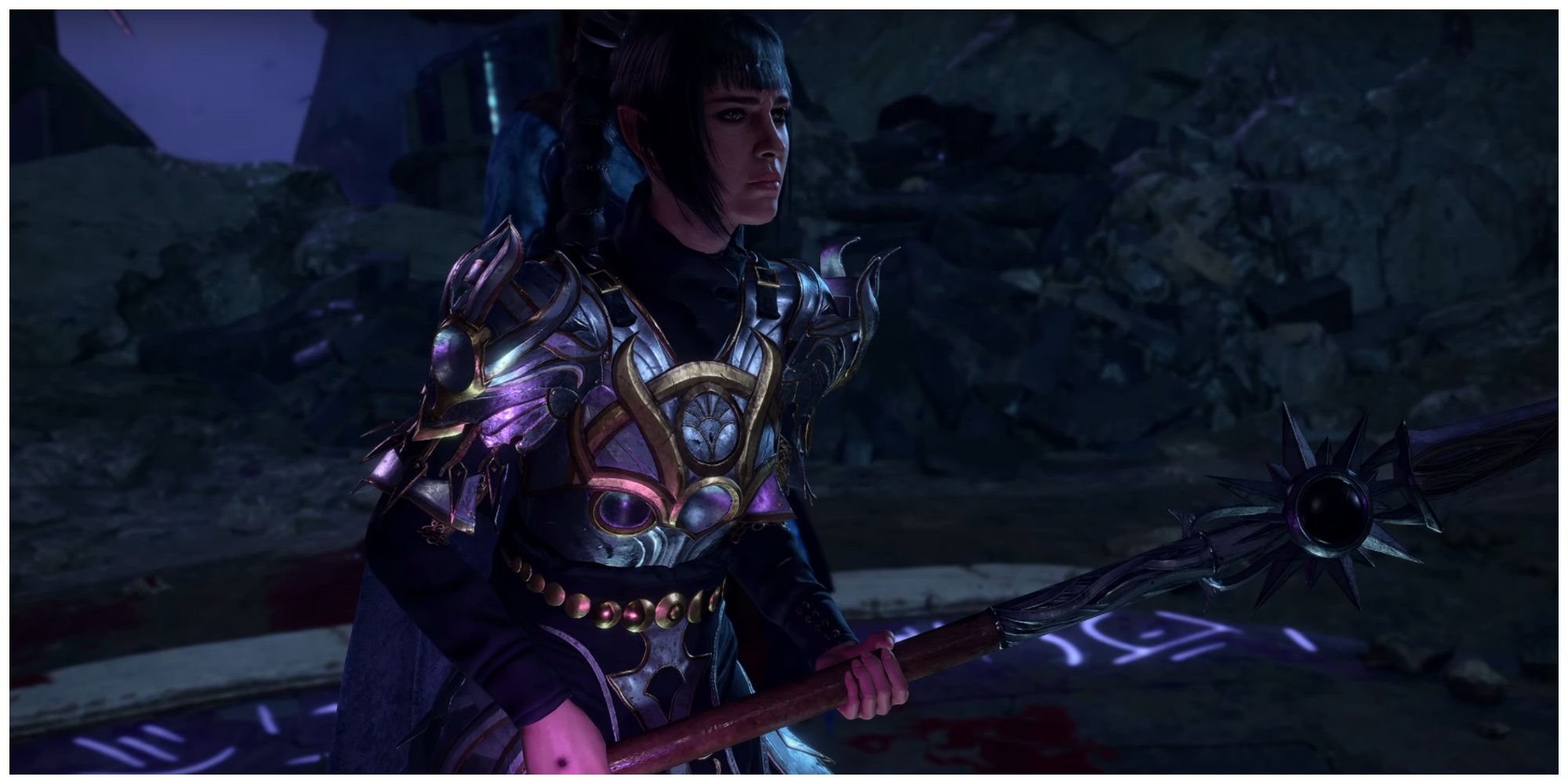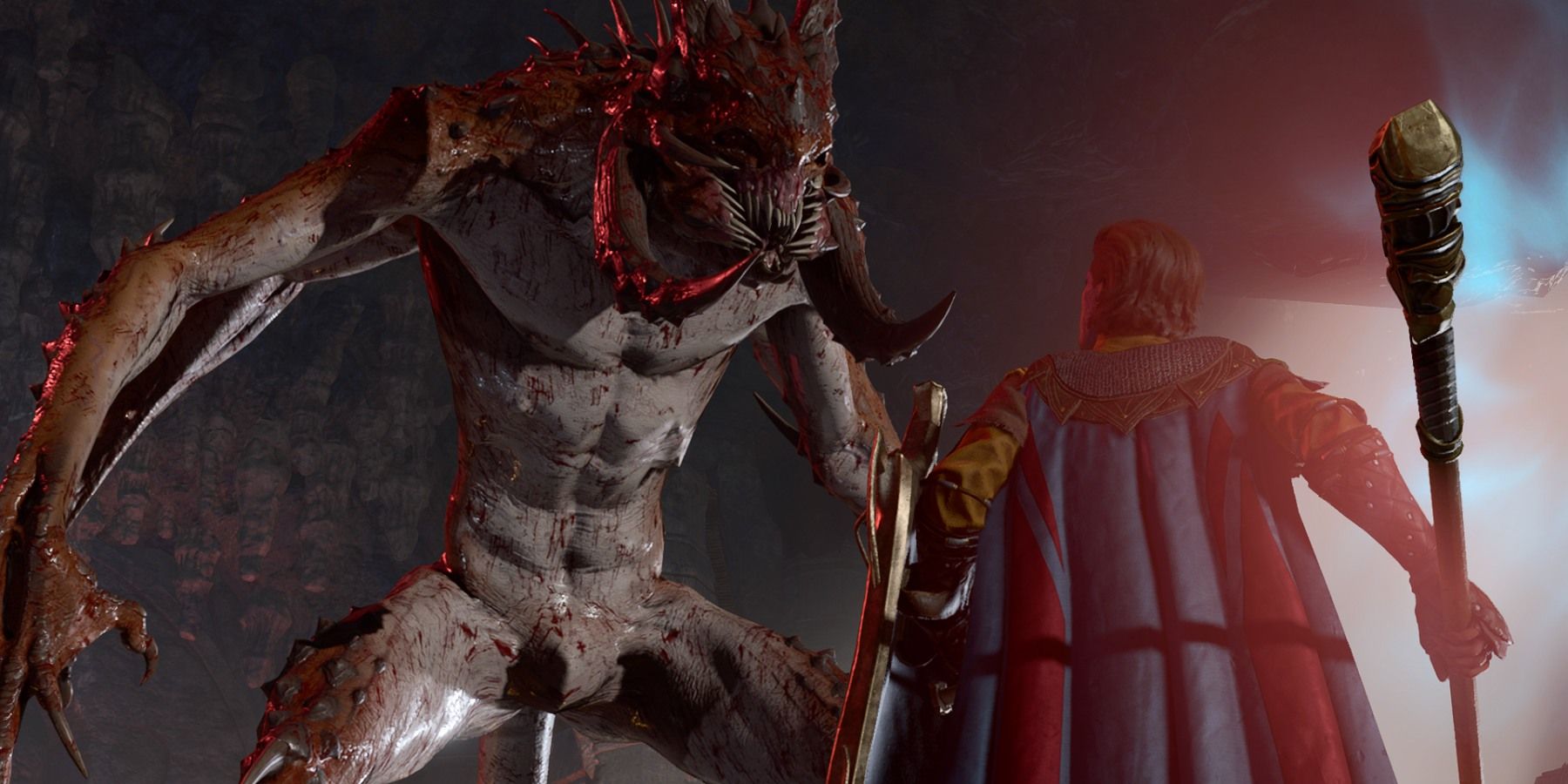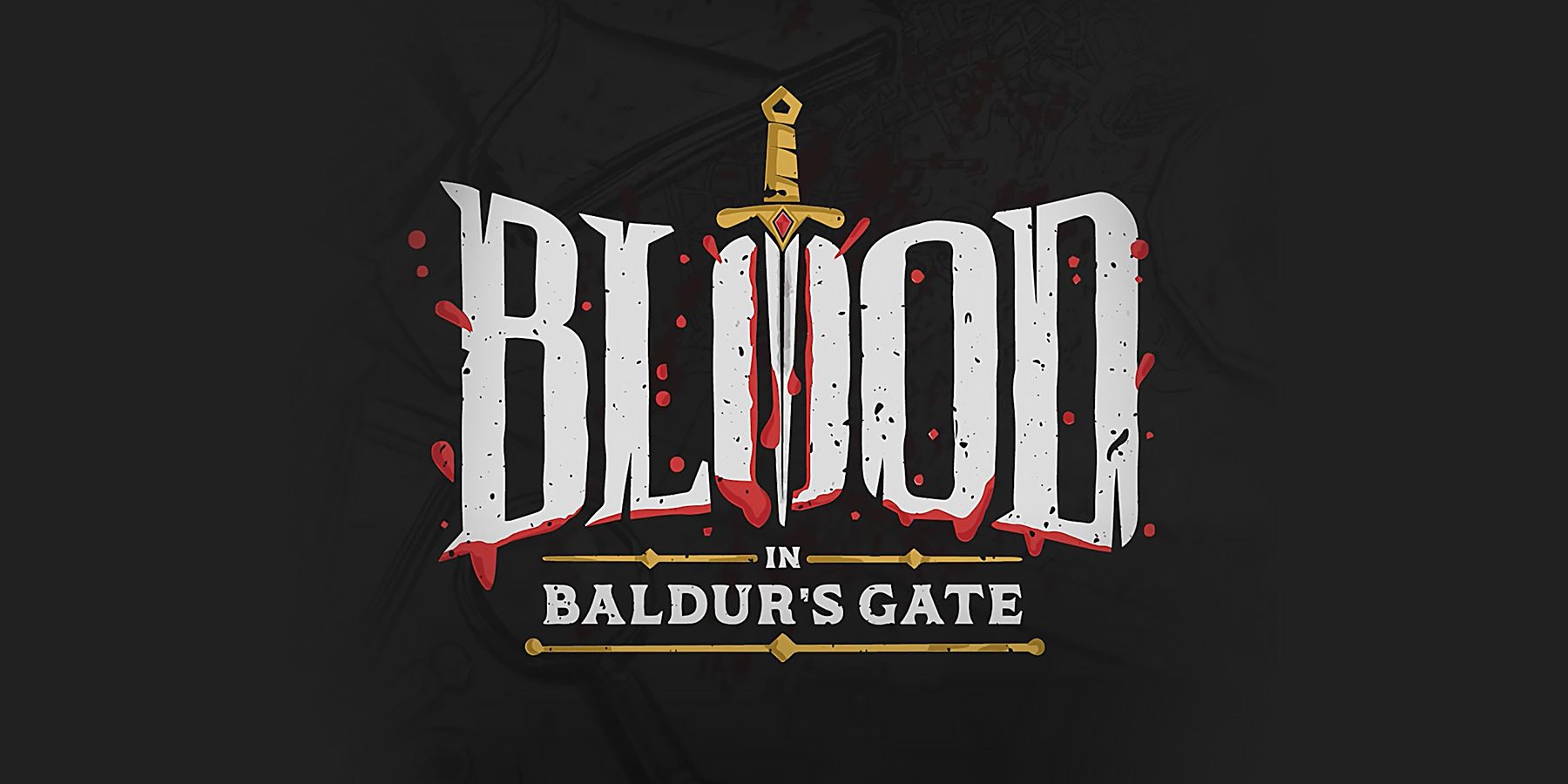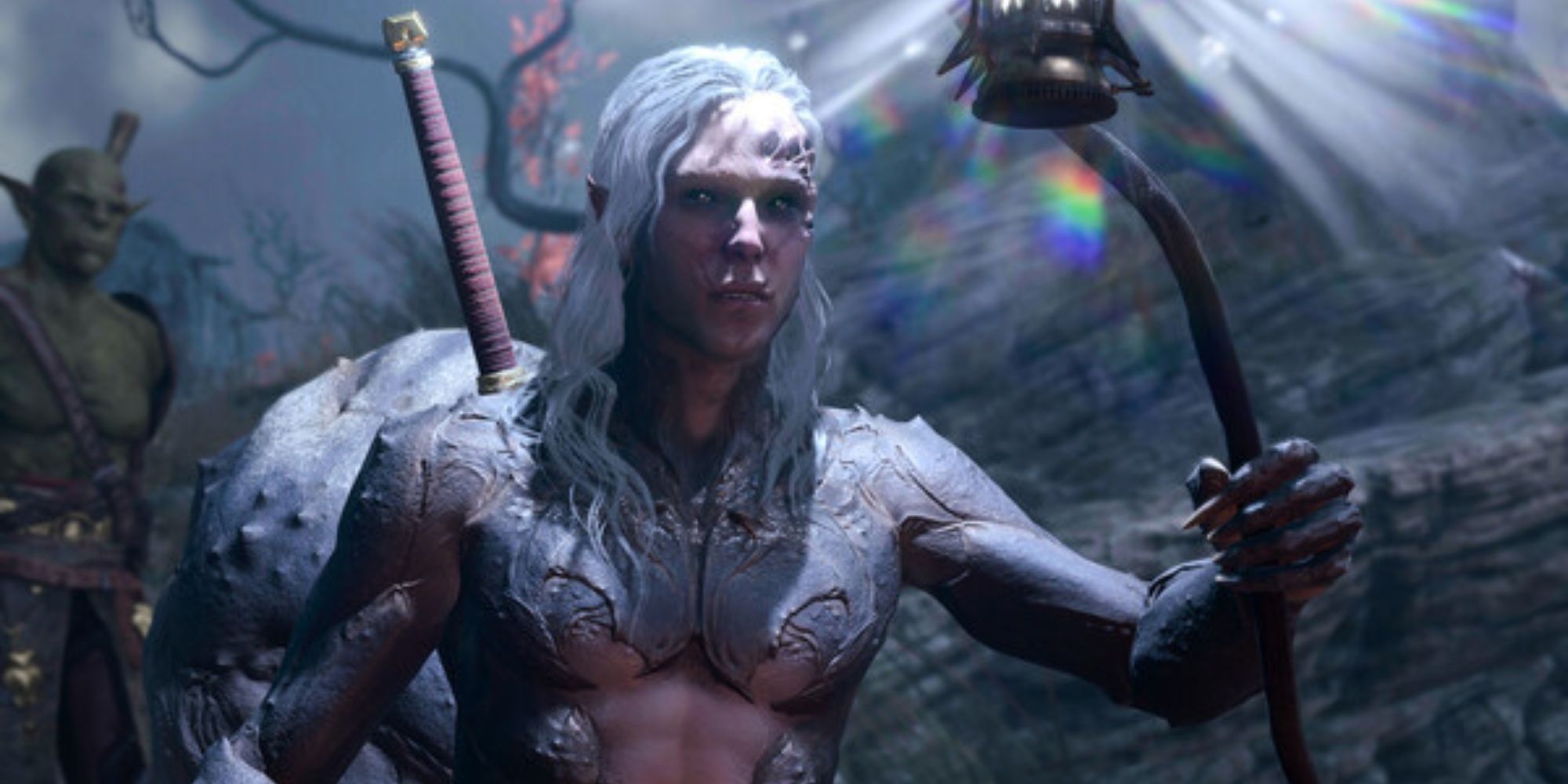
The Divine Powerhouses of Baldur's Gate 3: Unveiling the Top 10 Deities that Shape the Fate of the Realm

Baldur's Gate 3: Unveiling the Most Influential Deities in the Vast Forgotten Realms Pantheon Discover the gods that shape the game's captivating plot and wield immense power, with names like Bhaal, Shar, and Mystra topping the list
Highlights
Baldur's Gate 3 features a variety of deities from the Dungeons and Dragons Forgotten Realms lore, with some playing important roles in the game's storyline.
Key characters and plot points throughout the game are deeply linked to deities such as Lolth, Silvanus, Umberlee, Bane, Myrkul, Selune, Mystra, Vlaakith, Shar, and Bhaal. Engaging interactions, quests, and battles await players who delve into these divine connections, offering opportunities for captivating dialogue and character growth.
The cleric class in Baldur's Gate 3 reveals a vast pantheon in the world of Faerun. Even lesser-known deities make an appearance, adding to the rich lore of Dungeons and Dragons Forgotten Realms. While some deities contribute to the background world-building, and others only have occasional involvement or references, certain gods play a crucial role in the storyline of Baldur's Gate 3. The following deities are vital to the plot.
10 Lolth
In Dungeons and Dragons 5th Edition lore, Lolth is the chaotic evil goddess of the drow. Also referred to as the Queen of Spiders, she is associated with trickery and war. While not one of the prominent deities in Baldur's Gate 3, she is frequently mentioned in the Underdark.
Lolth's influence becomes evident in Act Two when players come across Kar'niss, who leads a caravan through the Shadow-Cursed Lands. Kar'niss is a drider, a drow that has been cursed by Lolth as punishment for their failure, condemned to live as a deranged hybrid of drow and spider.
9 Silvanus
Silvanus frequently appears as one of the most prominent deities in the game. As a true neutral god, he embodies the untamed wilderness and the domain of nature. Revered as the Oak Father, the druids in the Druid Grove hold him in high regard, making it one of the earliest significant places players will encounter.
Although Halsin, the companion character, is not as outspoken about his religious beliefs as other companions, players who form a bond with him will occasionally witness the blessings of the Oak Father. While not a central focus, conversations revolving around Silvanus and his teachings play a significant role in Act One.
8 Umberlee
Umberlee, the goddess of chaos and evil of the sea, holds dominion over the tempest. Despite her alignment in Dungeons and Dragons, Umberlee boasts a grand temple with a sizable following. In Baldur's Gate 3, players can encounter this temple and its worshippers during Act Three.
Within this captivating questline, Umberlee and her devotees are entangled in a mysterious journey revolving around the recent demise of one of her followers and the peculiar presence in the harbor's waters. Furthermore, the temple breathes life into Umberlee herself, granting players the opportunity to engage in conversations with various NPCs who have come to pay their respects to the Queen of the Depths before embarking on their sea-bound adventures.
7 Bane
Bane, an influential deity, is an integral part of the Baldur's Gate 3 storyline. Portrayed as a lawful evil god, he represents tyrants, order, and war, and is one of The Dead Three.
Due to The Dead Three's role in using the Absolute to enslave Faerun in Baldur's Gate 3, Bane holds considerable significance in the plot. Gortash, his chosen, serves as a primary antagonist in the game. However, players have limited exposure to information or interactions regarding Bane in comparison to other gods.
6 Myrkul
When discussing The Dead Three, one of its members is Myrkul, who is a god associated with necromancy and the death domain. His chosen representative is Ketheric Thorm, who serves as the main antagonist in the second act of Baldur's Gate 3. Interactions with Ketheric Thorm can lead to an epic boss fight, and what sets Myrkul apart from Bane is the possibility of facing Myrkul's own avatar in this battle. This adds an intense and exciting element to the clash.
5 Selune
Selune, a chaotic good moon goddess, is traditionally associated with the domains of knowledge, life, and twilight. In Baldur's Gate 3, she holds significant importance as a deity, with plot developments that include spoilers. Many notable characters in the game follow Selune, such as the aasimar Dame Aylin, who is Selune's daughter, and her partner Isobel, who is a cleric devoted to the Moonmaiden. It's worth mentioning that Isobel's father, Ketheric Thorm, was also a worshipper of Selune until Isobel's demise.
However, the most crucial aspect lies in the connection between Shadowheart and Selune. As a devout follower of Shar, Shadowheart holds a deep disdain for Selune. Yet, it is revealed that Shadowheart and her family were originally followers of Selune, until Shar kidnapped her and erased her memories, intending to raise her as a Selunite worshipper. This intricate relationship leads to intriguing dialogues between player characters and Shadowheart, particularly when playing as a cleric devoted to Selune.
4 Mystra
Mystra, the deity of magic, spells, and the weave, holds a lawful neutral alignment and is closely associated with the knowledge domain. Her significance in the story originates from her connection to Gale, a companion character with whom she has a vibrant history. Gale, having once been Mystra's disgraced former lover, endeavors to earn back her favor. In a reckless pursuit, he successfully absorbs a perilous fragment of Netherese magic possessing the potential to annihilate numerous lives. Both Gale's Netherese orb and his past relationship with Mystra consistently remain important plot elements, offering players opportunities for interaction with the goddess.
3 Vlaakith
Vlaakith, the evil lich queen leader of the githyanki, is a significant character in Baldur's Gate 3 due to her connection with the githyanki fighter, Lae'zel. Although she is not considered a goddess according to Dungeons and Dragons lore, in the game, she is portrayed as a deity with formidable powers. Players should exercise caution when opposing her avatar. Despite her actual status, Vlaakith plays a crucial role in Lae'zel's story and provides players with intriguing interactions.
2 Shar
Shar, previously mentioned as the dark sister of Selune, is a neutral evil deity associated with loss, night, and the death and trickery domains. Shadowheart, a trickery cleric and one of the player's companions, serves as Shar's patron. However, it is later revealed that Shar had abducted Shadowheart as a child for her own twisted purposes. This conflict between Shadowheart, Shar, and her forgotten past leads to various compelling interactions throughout the storyline.
While these companion moments are enjoyable, players will inevitably have interactions with Shar. The curse afflicting the Shadow-Cursed Lands is a result of Ketheric Thorm's grieving worship of Shar, and players must navigate the Gauntlet of Shar to complete Act Two. Shar's dark influence is pervasive throughout the game, even for players who choose not to engage with Shadowheart's personal journey.
1 Bhaal
Shar's ties to the main storyline pale in comparison to the significance of Bhaal, the ultimate deity in The Dead Three. Bhaal, a neutral evil god associated with murder and the death domain, holds unparalleled importance. His devoted followers are merciless and bloodthirsty assassins, with the epitome of this being Orin the Red, Bhaal's chosen one. Orin, an intimidating antagonist, repeatedly ambushes and intimidates the party, ensuring that her god's presence is strongly felt.
The true extent of Bhaal's influence becomes even more apparent if players opt for the Dark Urge path for their character. It gradually becomes apparent that they experience these sinister urges because, like Orin, they are descendants of Bhaal. As a result, Bhaal becomes not only a central figure in Baldur's Gate 3's main storyline, but also potentially a significant component of the player character's personal history.
Baldur's Gate 3 is available on PC and PlayStation 5. A version for Xbox Series X/S is currently in development.
